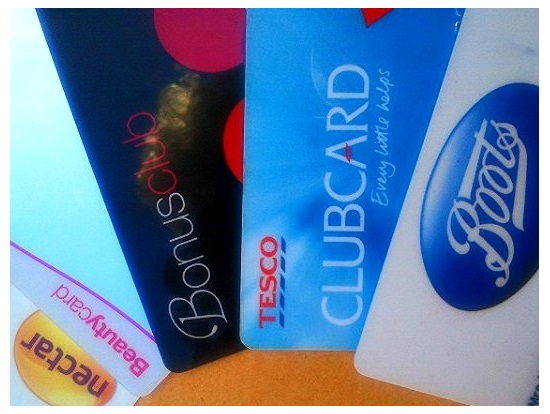The majority of businesses rely on consumer loyalty to remain active in their field, with most keen to build up a large client base by putting stock in customer service and good value for money. This is especially key for small retail businesses, which often rely on a strong local presence to reach key goals.

Some of the UK’s most popular loyalty cards
However, it seems that there is another way which proves to be particularly effective when attempting to ensure repeat custom. In a recent consumer study, it was shown that almost 70 per cent of British shoppers claim to remain more faithful to brands which they hold a loyalty card for.
According to the annual “Loyalty Pays” report conducted by plastic card manufacturer Plastic Card Services, supermarkets currently boast the highest success rate for loyalty card schemes, with 74 per cent of respondents stating that they currently hold a loyalty card for their preferred chain.
Loyalty cards have become particularly popular with consumers thanks to the current economic climate. Thanks to a need to save money wherever possible, by building up credit on their cards and saving between three and five pounds per week on average consumers feel that their brand of choice is giving them a helping hand when purchasing essentials.
Should consumers choose to use their loyalty cards between one and five times a week, they can save up to £1,300 over the course of a year – certainly taking the sting out of the cost of a weekly shop!
At present, over 44 million British shoppers own at least one loyalty card, equating to around 88 per cent of the overall population. Many choose to use their cards for high value items, with over 56 per cent of participants in the survey stating that they are currently saving their points for an expensive purchase.
Plastic Card Services Managing Director, Rob Nicholls, believes that both retailers and customers stand to benefit hugely by participating in a loyalty card scheme.
He says; “In these tough times more and more shoppers are using loyalty cards, and this can have a massive impact for retailers.
“As the figures show, the deployment of loyalty schemes has had a large effect on repeat custom, offering great returns for retailers.”
Tesco’s Club Card remains the most popular loyalty card on the market, with Boots’ Advantage and Sainsbury’s Nectar cards following closely behind. Yet it is not only large retailers that can utilise a scheme similar to these, as smaller traders may also find them useful in encouraging a steady turnover.
With small businesses continuing to feel the effects of the recent recession, and high street shopping rapidly becoming a thing of the past, perhaps implementing a loyalty card scheme could be the ideal way to rejuvenate interest in local independent stores.
Do you use a loyalty card, or would you consider getting one considering the potential annual savings you could make?